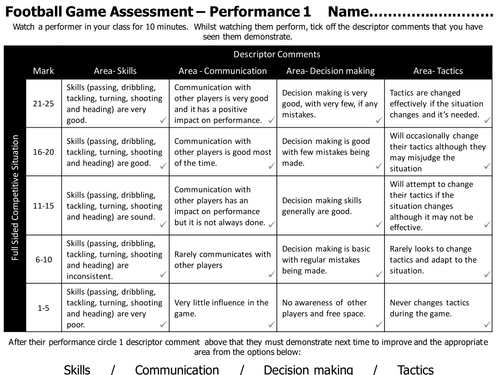MB's Shop
I have been teaching a number of years in a secondary state academy school. Teaching and learning is something very important to me and i strive to produce high quality resources. I have recently worked with a publication team for Pearson to design innovative resources for teachers teaching the new GCSE edexcel specification and have reviewed many A level specifications in partnership with them too. More resources will follow as i get started with the new specifications!
















